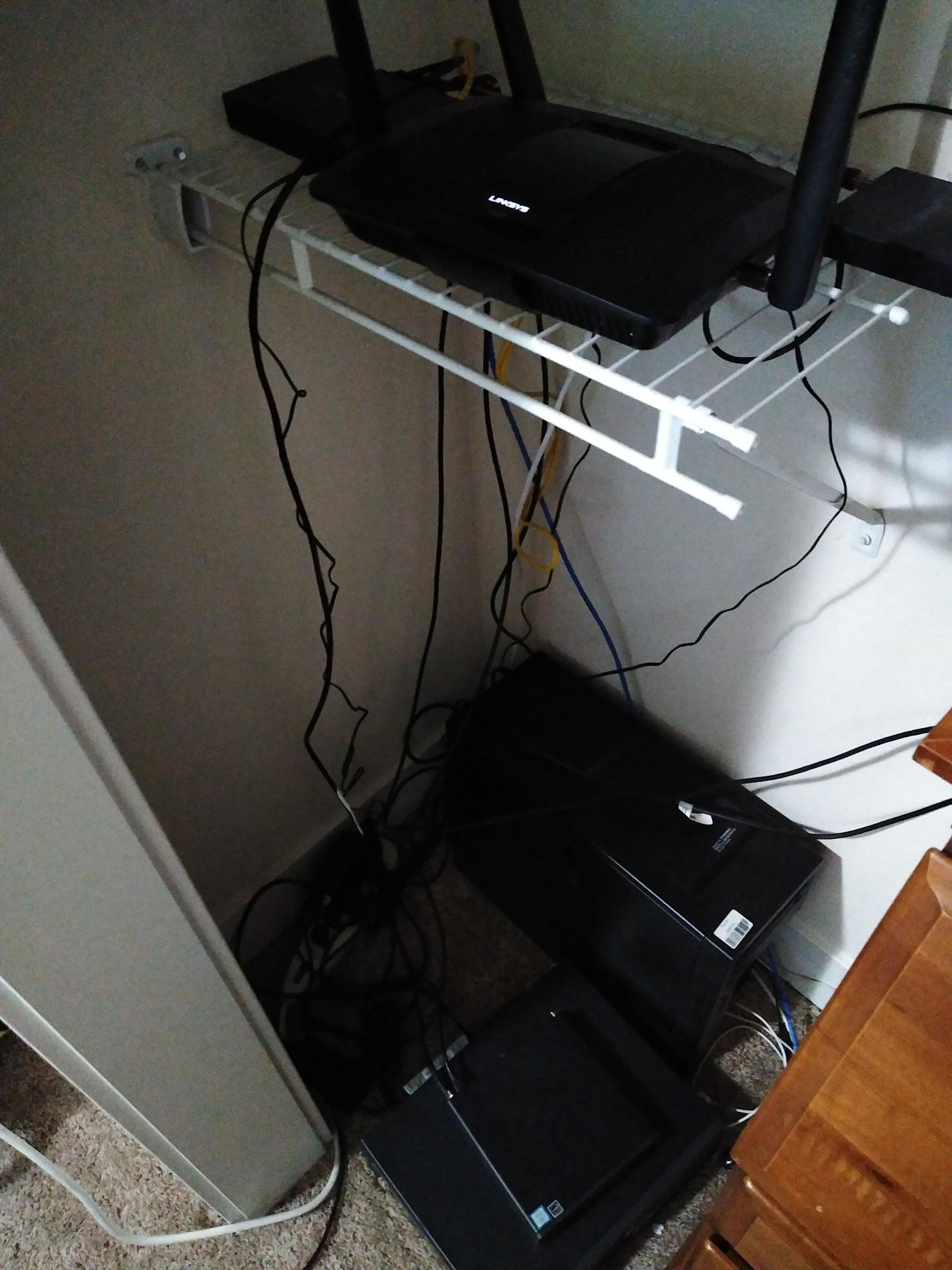

It would be a little weird to have a CGNAT for a local internet connection. Then again, I’m not in Germany.


It would be a little weird to have a CGNAT for a local internet connection. Then again, I’m not in Germany.


The Nat is on the local device at location so no.


What you are describing is called hair pinning. Basically the traffic goes all the way out to whatever device has that public IP. It then is routed back. This wouldn’t be your ISP speed since you are still doing stuff local.
What you probably want is a local DNS server that has a record that points to a local IP. With that you don’tneed to publicly expose anything.
Side note: you don’t route DNS records. Routing really only applies to IP addresses.


My concern is that FUTO will start claiming that some other third party clients are stealing the code.
Be mindful that you don’t look at the Grayjay code before contributing to something like Newpipe


It doesn’t respect the 4 freedoms thus it isn’t foss. Use it if you want but keep in mind that FUTO has full control over the rights of Grayjay.
That is true.
It is fine for smaller deployments though


It doesn’t allow for forking so it is effectively proprietary. It is critical that the community can fork something when they don’t like the direction.


“Absolutely proprietary”


I just use Newpipe
However, Piped and Invidious are not dead. YouTube is trying really hard to kill them but they still work somewhat. It is a cat and mouse game.
Kubernetes is only useful if you want to learn Kubernetes. It is way overused in the enterprise an likely will be the source of failure.
I wouldn’t as the Open media Vault GUI isn’t great and a bit unintuitive.
Docker compose has a learning curve but it isn’t bad since it is very well documented. If I was looking for a GUI I would honestly go with Cockpit + Podman





Avoid cloudflare
When you say NATed you are talking about symmetric NAT right? Not just a simple router doing port address translation?